Contents
Amethyst lacquer attracts attention with its unusual color, for which it received such a name. The pulp has an amazing color, although it is lighter. Not only color helps to distinguish this mushroom from others. There are a number of external features that make it possible not to confuse it with false twins. Only by carefully studying the information about the lacquer, you can understand whether it is edible and how to cook it correctly.
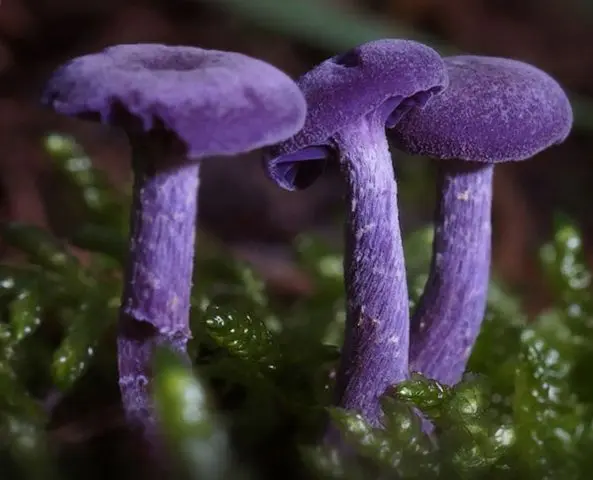
What do amethyst lacquers look like (purple lacquers)
The mushroom has a small hat (diameter from 1 to 5 cm). In young specimens, it is more convex, looks like a ball, becomes flat with time. The color also changes with age, from deep to light shades of mauve. The plates are very thin and rare. In older specimens, they acquire a characteristic whitish and powdery color.
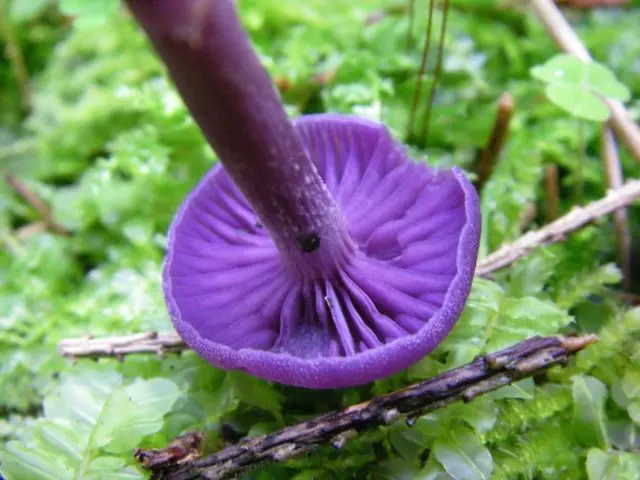
The leg itself is 5-7 cm high, of a pleasant lilac color, longitudinal grooves are clearly visible on it, it is hard to the touch. The flesh is lighter, closer to a light lilac color. Possesses unique gentle sweetish taste and pleasant thin aroma.
Where do amethyst lacquers grow?
You can only meet them in the forest. They actively grow both in summer and autumn. They prefer moist soil rich in easily digestible nutrients.
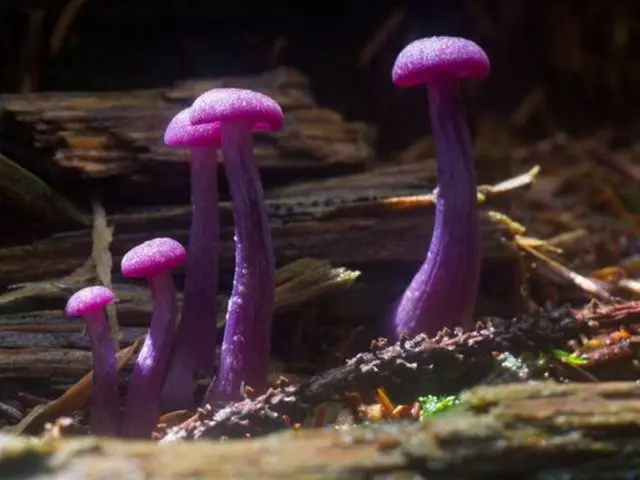
Amethyst lacquer is most common in Europe (in countries with a temperate climate), it was also found in some parts of North America. In Our Country, most of these fungi are recorded annually in the Smolensk and Kaluga regions.
Is it possible to eat amethyst lacquers
They belong to category 4. This group contains species that are not very valuable in terms of nutritional content, as well as in taste. Amethyst lacquers are a conditionally edible species, they are eaten in combination with other edible mushrooms. However, caution must be exercised here. Only hats are suitable for use in cooking.

If it is not possible to clearly identify Lakovitsa lilac, it is better not to eat it. It is also worth remembering that arsenic accumulates in the pulp of the fungus, which comes from the soil. And it is impossible to determine whether the soil is clean or contaminated. Amethyst lacquers are gradually added to different dishes, combining with other mushrooms.
False doubles
Lilac lacquer, like many other species, has twins. However, some specimens are poisonous. In order not to be mistaken, you should know all the nuances of their appearance.
Mycena pure
A poisonous species that causes severe hallucinations. Differs in lilac coloring with a noticeable brown tint. It smells strongly of radish and has grayish or whitish plates.

Cobweb purple
This double is quite edible. The mushroom itself is larger than the lacquer. Orange blotches can be seen on the stem, and under the hat there are fibrous films in the form of cobwebs. You can also notice the color transitions from lilac to indigo.
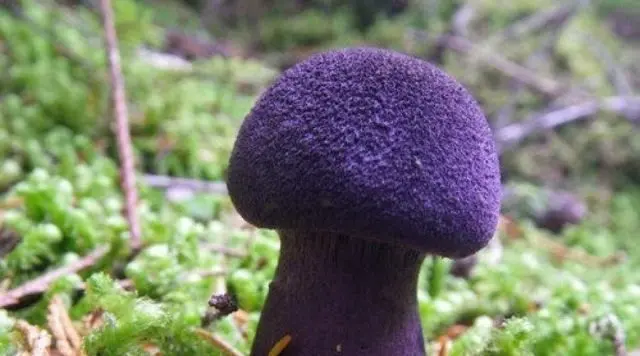
Lacquer pink
The top of the hat is painted in a peach tone, and on the back it is terracotta. You can confuse these two species only in a dry summer, when the amethyst lacquer becomes much lighter.
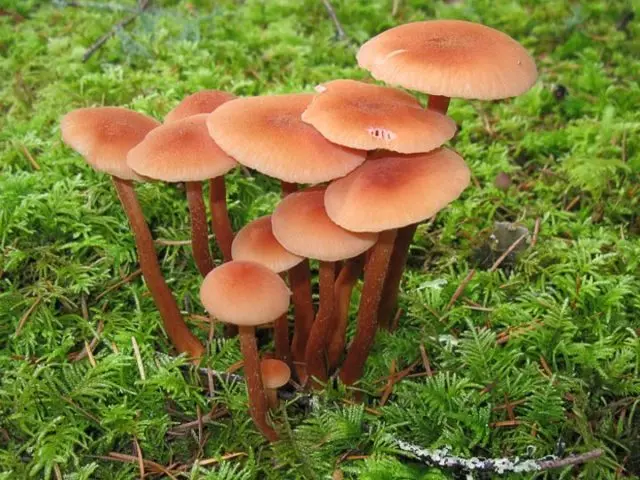
Collection rules
The mushroom picker bears fruit from July to October inclusive. The busiest month is September. The hotter, the paler the mushroom becomes and loses all its taste. During this period, it is pointless to collect it.
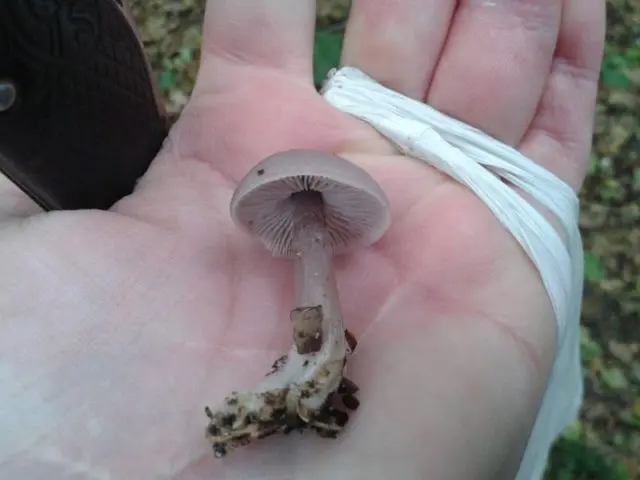
Before cooking, the mushrooms are sorted again, cleaned and washed thoroughly. Doubtful specimens must be disposed of immediately.
Use
Amethyst lacquer has a beneficial effect on the heart, circulatory system, removes toxins from the body, normalizes digestion and strengthens eyesight.
In cooking, it is used in boiled, salted and fried form (they are fried after boiling). Also, the raw material is dried and frozen. Thanks to its unique color, the mushroom will make any dish brighter and more interesting.
Conclusion
Amethyst lacquer, with proper collection and preparation, will bring new shades and rich mushroom notes to your favorite dishes. For greater self-confidence, it is better to consult with experienced mushroom pickers. Then there will be no unpleasant surprises.









